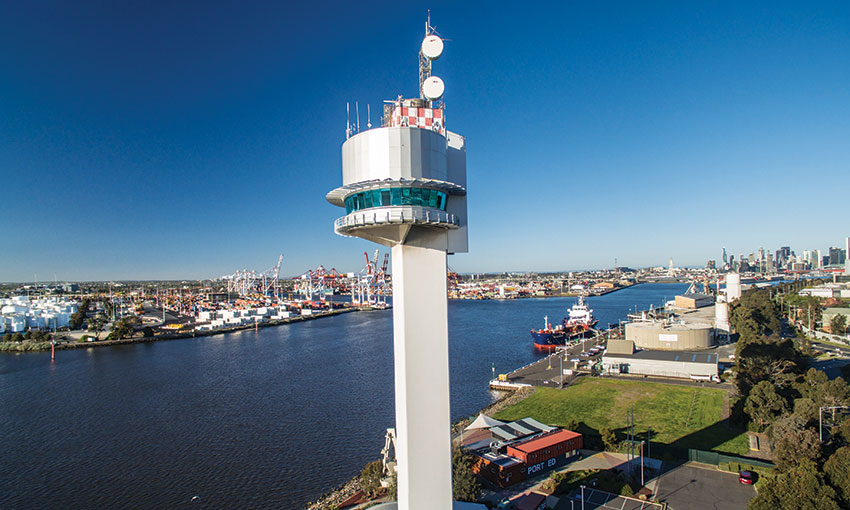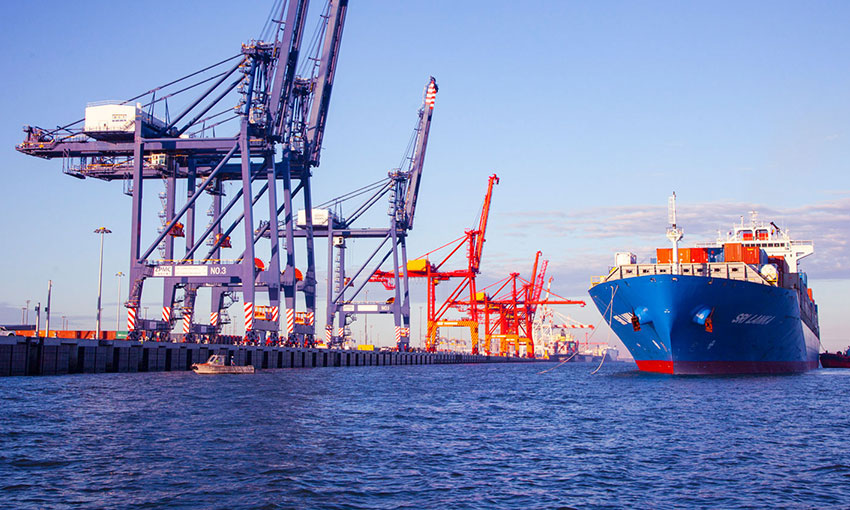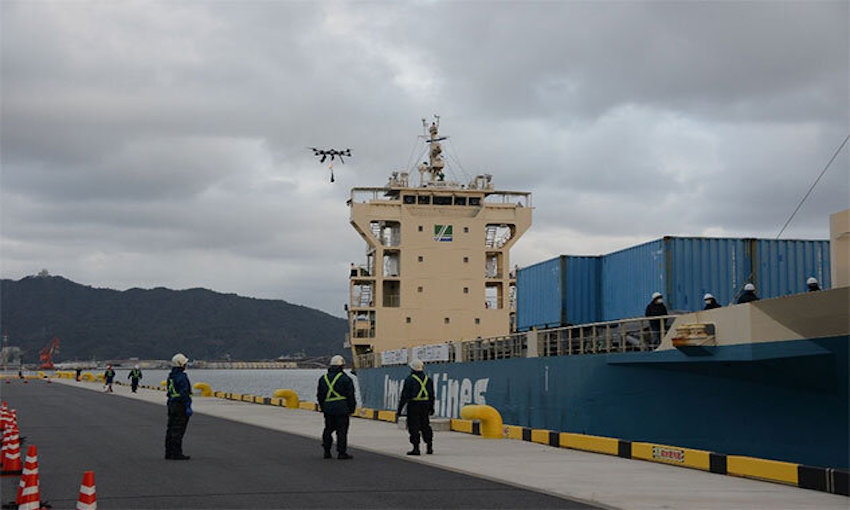RECENTLY introduced legislation in Victoria is to embed Ports Victoria into legislation, adapt the body’s charter, and give the state’s harbour masters clear responsibility and powers to ensure navigational safety, among other things.
The Port Reforms and Other Matters Bill forms the state government’s response to the Independent Review of the Victorian Ports System. In August last year, the government said it supported all 63 recommendations handed down in the review.
The government has already acted on several of the recommendations, including establishing Ports Victoria by amalgamating the Victorian Regional Channels Authority and the Victorian Ports Corporation (Melbourne).
State minister for ports and freight Melissa Horne said the changes in the new bill will make Victoria’s port system more efficient, adaptable and ready to support growth and recovery.
“With freight volumes expected to more than double over the next 30 years, the safe and efficient operation of our ports is vital to Victoria’s economic growth and this bill is another significant step to improving the operation of our ports,” she said.
In her speech for the second reading of the bill, Ms Horne said: “The bill will embed the role and function of Ports Victoria in primary legislation and provide it with the tools it needs to implement improved co-ordination, resilience and agility in relation to the safe provision of essential port services.”
In addition to embedding Ports Victoria in legislation, the bill will change the organisation’s charter to promote and facilitate trade, undertake operational activities, and provide technical and consultancy services concerning the whole of the Victorian ports system.
Pilots and harbour masters
The bill aims to further improve the safety of essential port services such as pilotage and towage by giving harbour masters clear responsibility and powers to ensure navigational safety in their ports.
Presently Transport Safety Victoria is responsible for licensing individual marine pilots and registering pilotage services providers. TSV will retain these responsibilities, but registration must follow the issue of a licence by Ports Victoria.
In her speech to Parliament, Ms Horne said: “The issue of a licence by Ports Victoria effectively certifies the applicant as demonstrating to Ports Victoria that the applicant has sufficient knowledge, skills and expertise in relation to Victorian port navigation systems and harbour master directions etc; and that it has sufficient processes and procedures in place to instil that knowledge and expertise in the pilots it engages, so that it can provide pilotage services safely in port waters.”
Providers of pilotage services who were registered before the provisions commence will be considered licenced, and the new licensing scheme will have no immediate impact on existing operators.
A third pilotage provider for the Melbourne/Geelong pilotage area will have to not only gain the approval of TSV, but also a licence from Ports Victoria if they enter the market after the bill comes into effect.
Ms Horne said in her speech that while Victorian ports are safely managed, there are some oversight arrangements that can be unclear across multiple governance body. The review recommended targeted reforms to give Ports Victoria a specific role overseeing the operational performance of harbour masters.
“Clause 60 of the bill does this by giving Ports Victoria the power to request that Transport Safety Victoria impose or modify conditions on harbour master licenses,” she said.
Hastings
Under the new bill, the Port of Hastings Development Authority will become the Port of Hastings Corporation to better reflect its future role and open the potential for investment and development across a range of dry and liquid bulk trades.
The port will potentially play a key role in supporting new energy projects such as offshore wind and hydrogen. The port was the starting point of the maiden voyage of the world’s first liquified hydrogen carrier Suiso Frontier. The vessel loaded liquified hydrogen at Hastings after docking on 20 January, and carried the cargo to an import facility in Japan.





